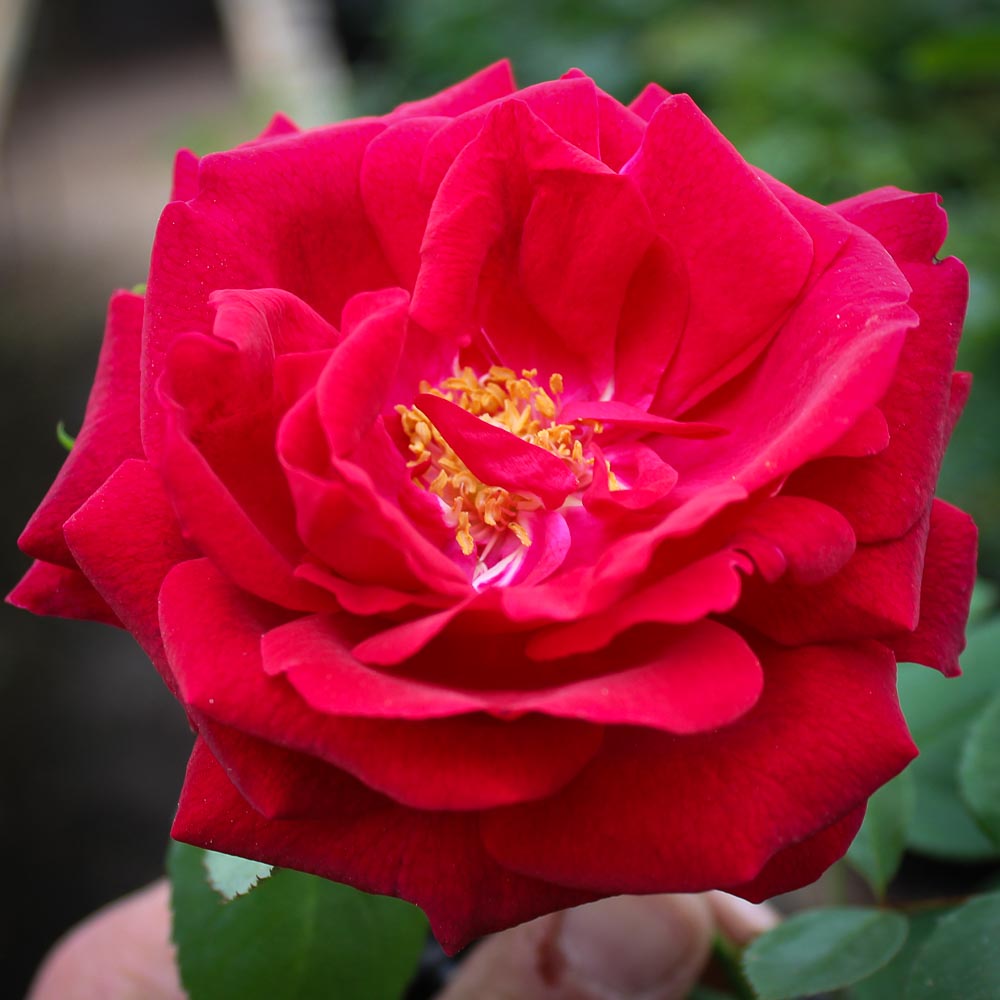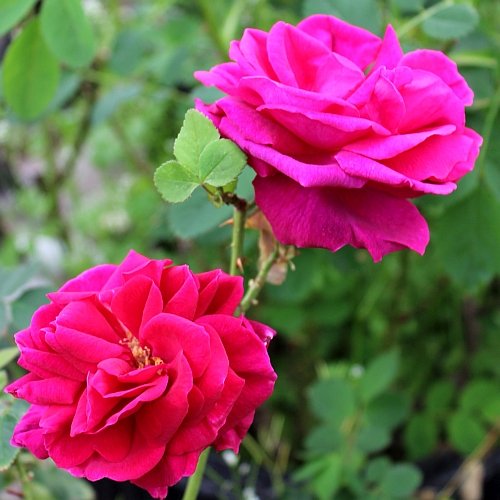Denver’s Riverside Cemetery is the final resting place of many of Denver’s pioneering residents. Some of Colorado’s most notable early citizens including Clara Brown, Augusta Tabor, Miguel Otero, Barney and Julia Ford, Captain Silas Soule and Governor John Evans are laid to rest here. Amongst the many well know names to Coloradans is final resting place of a little known, young girl named Beulah Blakely. Beulah was 8 years old at the time of her death in 1890 and was the daughter of Alderson and Ophelia Blakely. Her father was a weighmaster for the Union Pacific Railroad and eventually became Denver’s Excise Commissioner. Beulah’s obituary ran in the Rocky Mountain News and the last line simply read “A voice we loved is stilled.” Fast forward over a century and you have a rose story that is a testament to a family’s love and the incredible persistence of a rose bush through extreme conditions.
Riverside Cemetery was designed as a verdant, park-like landscape when it was established in 1876. Located just north of downtown Denver along the Platte River, Riverside Cemetery existed exactly as it was envisioned for nearly 125 years. In 2001 conditions changed in a radical way, the “handshake” water rights arrangement that sustained the cemetery was not renewed and the cemetery began it’s reversion to a xeric state. Colorado is a dry land and the reclamation of the cemetery to it high prairie origins was swift. Much of the landscape simply dried up and died.

One of the plants that persisted through the difficult conditions was a rose planted on Beulah Blakely’s grave. In normal growing conditions, “Beulah Blakely” (cemetery roses take their names from the graves they are found on until a positive ID is made) is a shapely shrub reaching 3-4 feet tall, with lush foliage and absolutely showing off with deep pink blooms. When I finally made the trip out to see the original plant, it was a scraggly, two caned plant barely reaching 2 feet, but it was alive. Volunteers played a vital role in preserving the rose by carrying the occasional bucket of water to the rose and protecting it from the elements as best they could. Their dutiful attention saved this rose and is a vital addition of the “Beulah Blakely” story.


Thinking back to the late 1800’s, one can easily envision Beulah’s grieving parents seeking solace by planting a symbol of love and life at their place of loss. It’s an image that is at once heartbreaking and encouraging. It is the persistence of spirit in defiance of loss. It is an image I like to think about when approaching our work with cemetery roses. Often the roses we come across are unidentified, little cared for and changed by time, but at one time they were critically important to the people who planted them. Coming into the cemetery to work with the roses is an honor. I feel like we’re joining a story long passed in a meaningful and timeless way.
I’m excited to write about the efforts of Denver rosarians to catalog the roses of Riverside’s sister cemetery Fairmount, but in writing, it became clear that deserved a separate post. Coming soon.
Learn more about Fairmount and Riverside Cemeteries HERE.
Special thanks to Carol Johnson who’s article pointed the way for historical context. Find her article HERE.
Disclaimer: All rose stories are dependent on my personal recollections, which get hazier with time, and any corrections or updates are welcome.


Call Us
1-800-552-2082